Industry information
Company News
- Aluminum veneer curtain wall: the fashionable coat of modern architecture
- Surface treatment technology and development trend of aluminum veneer
- Fluorocarbon aluminum veneer: a perfect combination of fashion and durability
- Aluminum veneer: The secret story behind lightweight materials
- Craftsmanship, carved aluminum veneer interprets modern home aesthetics
Industry dynamics
- Aluminum veneer: not just sheet metal, but also a fashionable business card for architecture
- Carved aluminum veneer: a unique decoration in modern architecture
- Exploring Fluorocarbon Aluminum Veneer: The New Environmental Favorite of Future Buildings
- The charm of curtain wall aluminum veneer: it's not just about its appearance!
- Aluminum veneer: the fashionable choice of modern architecture, revealing the secrets behind it
Frequently asked questions
- What are the applications of aluminum veneer in architectural decoration?
- What is the processing and manufacturing process of aluminum veneer?
- What factors affect the production and sales of aluminum veneer?
- How to improve the product quality and performance of aluminum veneer?
- What is the environmental performance of aluminum veneer?
contact us
Mobile:+86 15627778610
Email: 2201229786
Address: No. 5 Binjiang Road, High tech Zone, Zhaoqing City, Guangdong Province
Can aluminum veneer be applied to the exterior design of public buildings?
- Author: Supreme Building Materials (Guangdong) Co., Ltd
- Release time: 2022-02-24 08:04:42
- Click:0
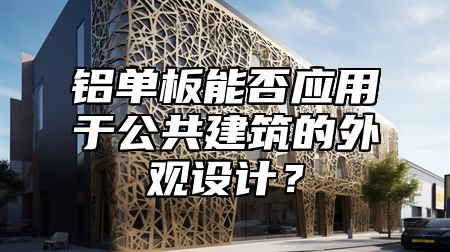
Public buildings are indispensable places in people's daily lives, and their exterior design has a significant impact on improving people's quality of life and urban image. As a new type of exterior wall decoration material, aluminum veneer has the characteristics of lightweight, corrosion resistance, and easy cleaning, which can bring more advantages to the exterior design of public buildings. Let's take a closer look at whether aluminum veneer can be applied to the exterior design of public buildings.
1、 The application of aluminum veneer in public buildings
1. Environmental protection and energy conservation: Aluminum veneer has good thermal insulation performance, which can effectively prevent heat transfer, thereby improving the insulation performance of buildings and reducing energy consumption.
2. Beautiful and elegant: The surface of aluminum veneer is flat and smooth, easy to clean and maintain, which can improve the beauty and cleanliness of buildings.
3. Safety and reliability: Aluminum veneer has good fire resistance and corrosion resistance, which can ensure the safety and service life of buildings.
4. Strong plasticity: Aluminum veneer can be processed through cutting, carving, and other methods to form various shapes and patterns, thus meeting different exterior design needs of public buildings.
2、 Precautions
When applying aluminum veneer, the following points should be noted:
1. Determine the design style: Before designing and installing, it is necessary to clarify the style and purpose of the public building in order to select materials and elements reasonably;
2. Pay attention to material quality: When selecting aluminum veneer, it is necessary to pay attention to whether its quality and specifications meet the requirements to ensure that it can meet the decoration requirements and service life requirements;
3. Strengthen structural design: During use, it is necessary to strengthen structural design to ensure that the connection between the aluminum veneer and the building structure is firm and reliable;
4. Preventing human destruction: During use, it is necessary to strengthen management to prevent human destruction and damage to the surface of materials.
3、 Conclusion
Aluminum veneer can be applied in the exterior design of public buildings. Through reasonable design and material selection, the advantages of aluminum veneer can be fully utilized to provide more diverse and colorful exterior design effects for public buildings. However, when applying aluminum veneer, attention should be paid to selecting suitable materials and ensuring material quality. Only in this way can the advantages of building materials be fully utilized to provide better protection and services for public buildings.

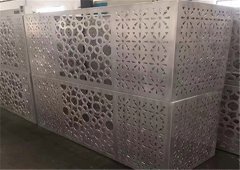
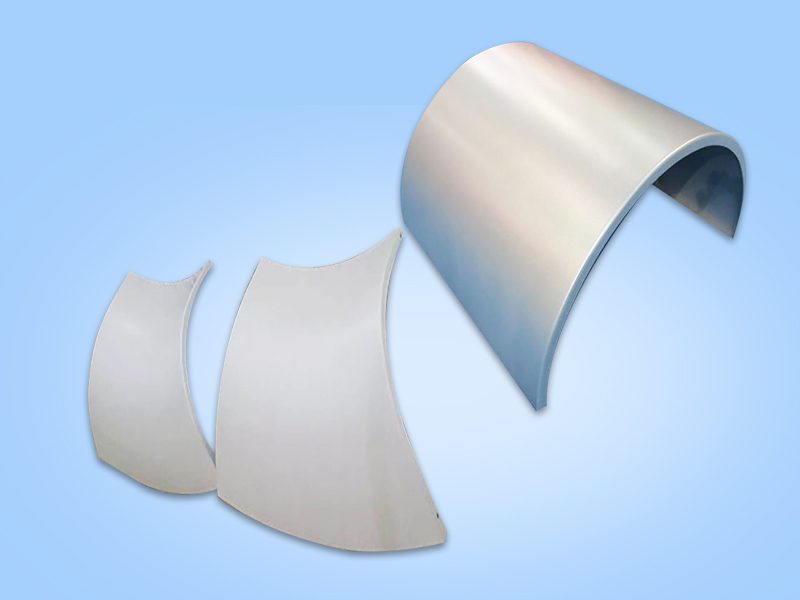
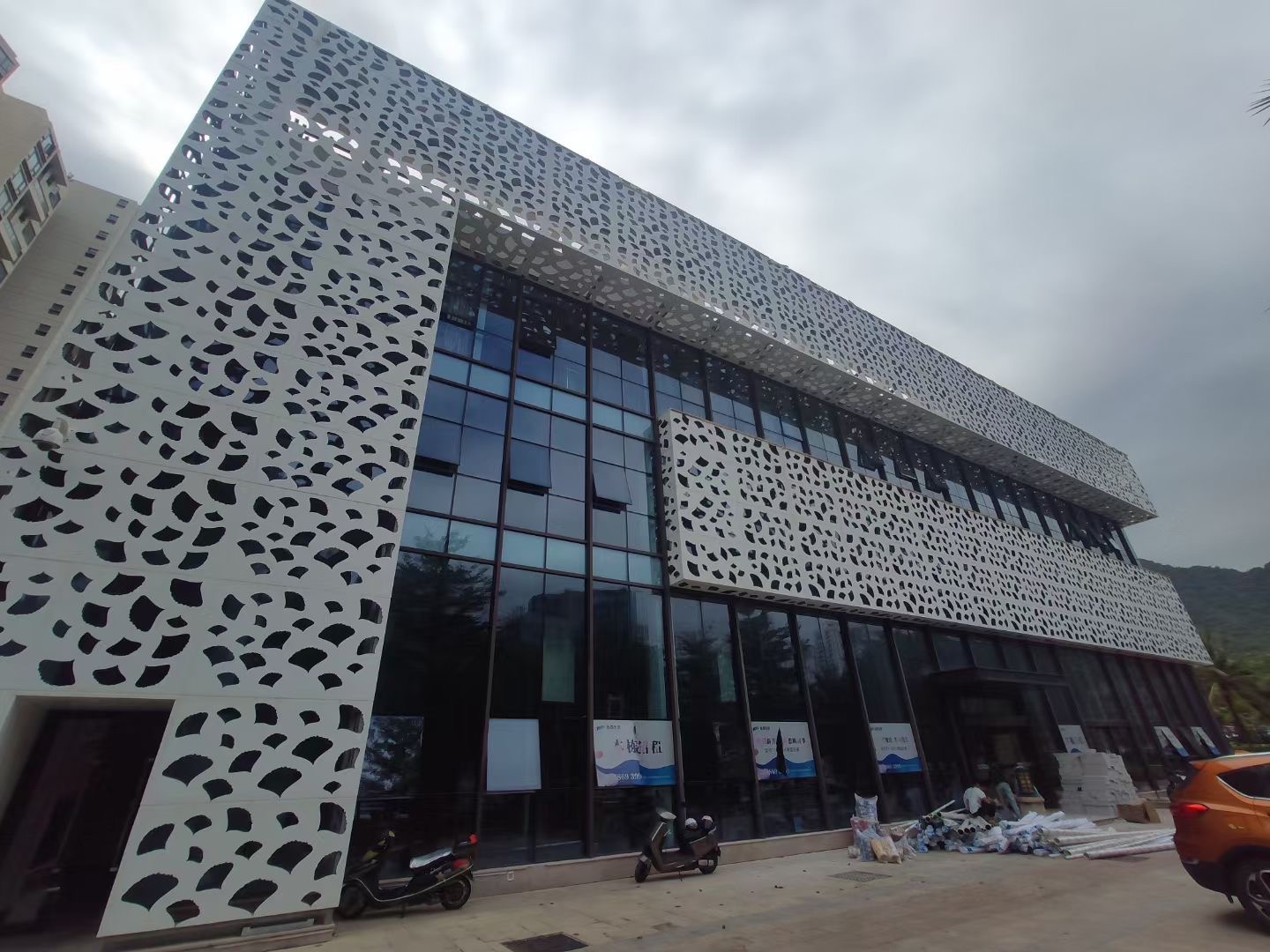
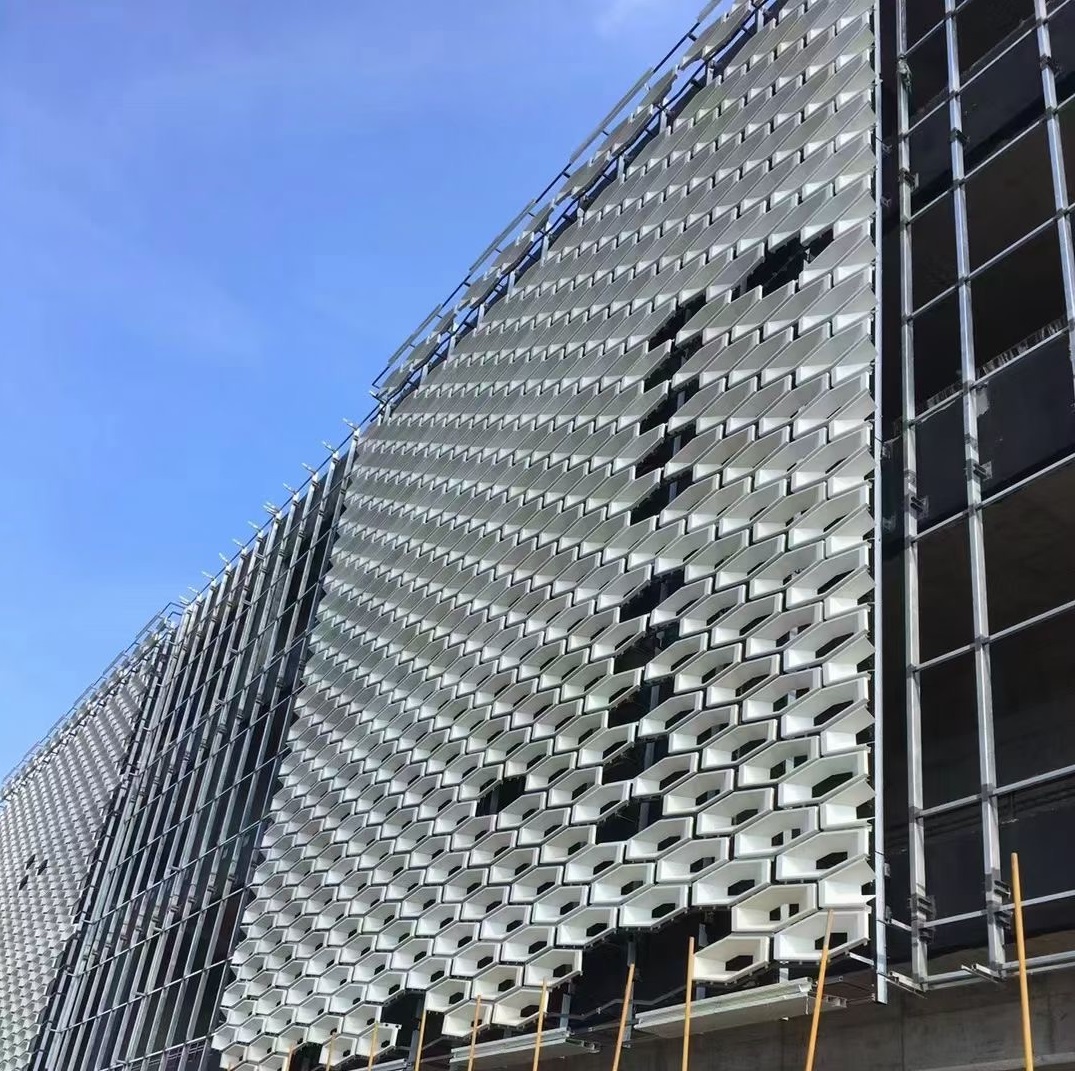
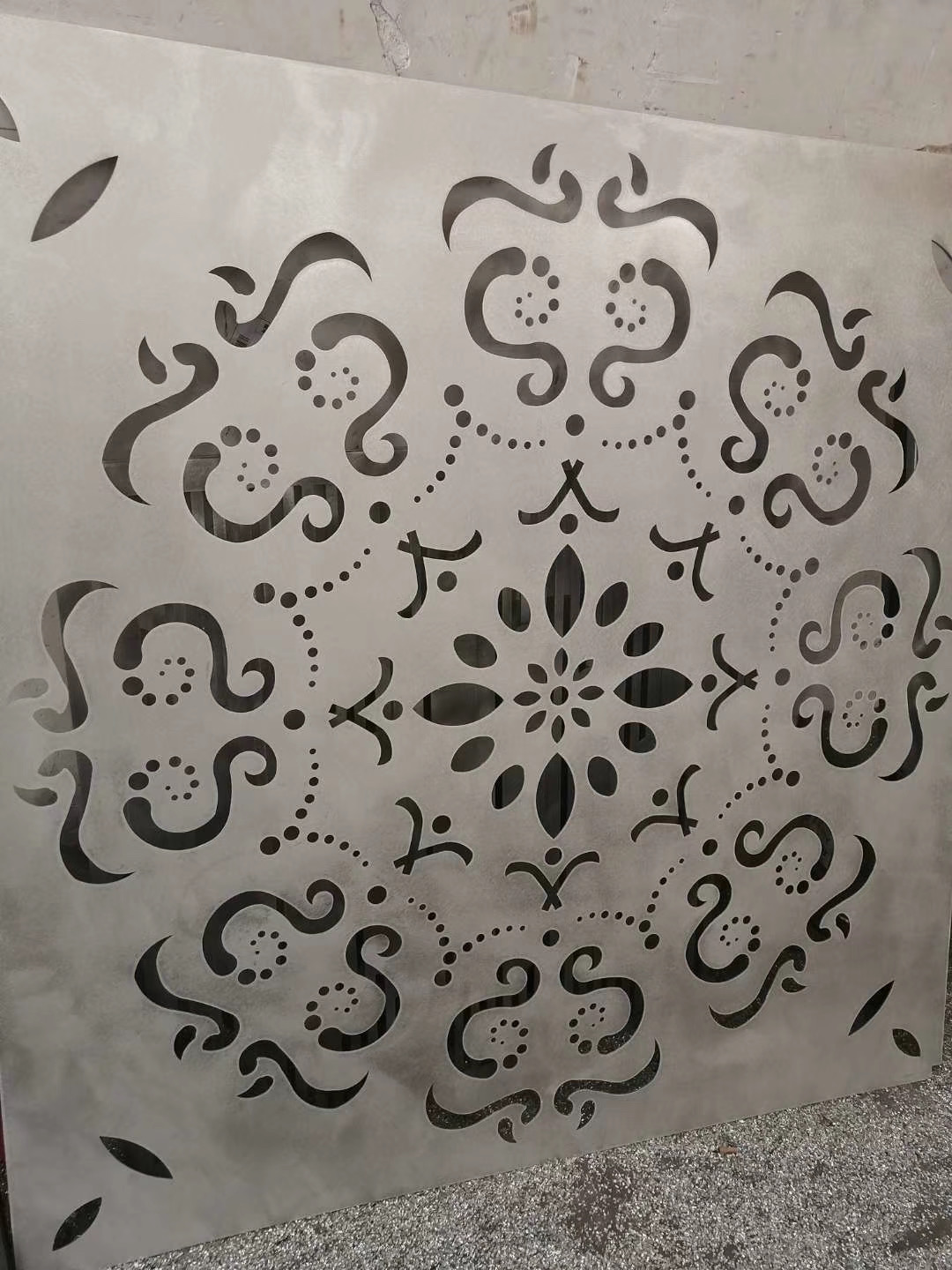
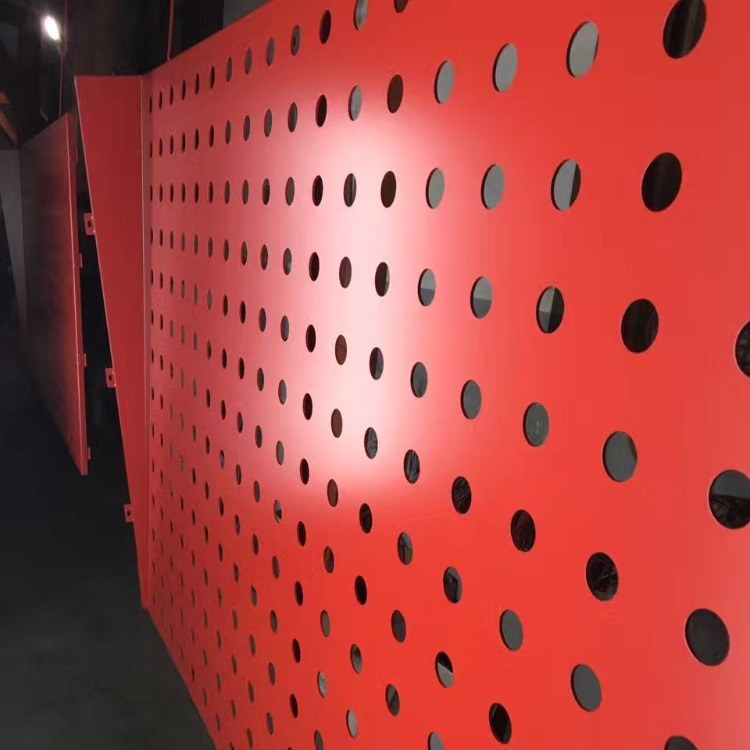
 Customer service QQ
Customer service QQ